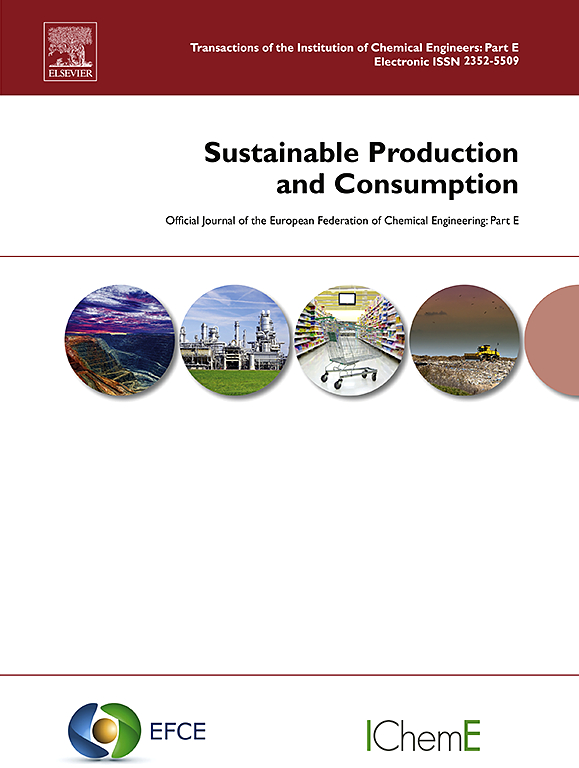Comparative life cycle evaluation of alternative fuels for a futuristic subsonic long-range aircraft
IF 10.9
1区 环境科学与生态学
Q1 ENVIRONMENTAL STUDIES
引用次数: 0
Abstract
Liquid hydrogen (LH2) and 100 % synthetic paraffinic kerosene (SPK), or sustainable aviation fuel (SAF), represent viable alternatives to conventional Jet-A for long-haul aviation, provided they are produced via pathways enabling net-zero well-to-wake (WTWa) emissions. This study evaluates the WTWa performance, including non-CO2 emissions, of a blended wing body aircraft (300 passengers, 13,890 km range) powered by either LH2 or 100 % SPK. Use-phase emissions are quantified, and fuel production impacts are assessed using the GREET model. Analysis of over 100 production pathways reveals that LH2 can achieve net-zero or negative WTWa CO2-equivalent emissions when produced from biomass or integrated fermentation with carbon sequestration. Non-CO2 emissions are shown to contribute significantly to WTWa impacts. When miscanthus is used as a feedstock, 100 % SPK reduces WTWa CO2-equivalent emissions by 70–85 % compared to Jet-A. A high-level supply analysis indicates that SAF and hydrogen production in 2050 could meet the energy demands of long-haul aviation, assuming a 4 % annual traffic growth rate and full adoption of these fuels. These findings provide critical insights to guide R&D investments, fuel cost analyses, and aviation policy development for sustainable long-haul aviation.
未来亚音速远程飞机替代燃料的生命周期比较评价
液态氢(LH2)和100%合成石蜡煤油(SPK),或可持续航空燃料(SAF),是传统喷气式飞机长途航空的可行替代品,只要它们的生产途径能够实现净零排放(WTWa)。本研究评估了由LH2或100% SPK驱动的混合翼身飞机(300名乘客,13,890公里航程)的WTWa性能,包括非二氧化碳排放。使用阶段的排放被量化,并使用GREET模型评估燃料生产的影响。对100多种生产途径的分析表明,通过生物质或碳封存的综合发酵生产LH2可以实现净零或负WTWa co2当量排放。非二氧化碳排放对西twa的影响显著。当使用芒草作为原料时,与Jet-A相比,100% SPK可减少WTWa 70 - 85%的二氧化碳当量排放量。一项高级供应分析表明,假设年交通量增长率为4%,并且充分采用这些燃料,2050年的SAF和氢气生产可以满足长途航空的能源需求。这些发现为指导研发投资、燃料成本分析和可持续长途航空的航空政策制定提供了重要见解。
本文章由计算机程序翻译,如有差异,请以英文原文为准。
求助全文
约1分钟内获得全文
求助全文
来源期刊

Sustainable Production and Consumption
Environmental Science-Environmental Engineering
CiteScore
17.40
自引率
7.40%
发文量
389
审稿时长
13 days
期刊介绍:
Sustainable production and consumption refers to the production and utilization of goods and services in a way that benefits society, is economically viable, and has minimal environmental impact throughout its entire lifespan. Our journal is dedicated to publishing top-notch interdisciplinary research and practical studies in this emerging field. We take a distinctive approach by examining the interplay between technology, consumption patterns, and policy to identify sustainable solutions for both production and consumption systems.
 求助内容:
求助内容: 应助结果提醒方式:
应助结果提醒方式:


